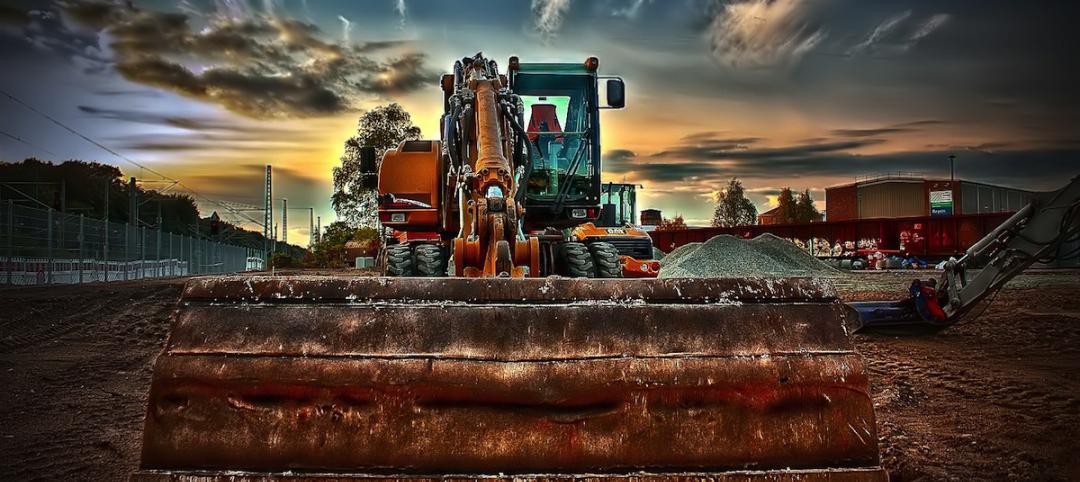A new California law provides an incentive for commercial property owners to install barriers to protect outdoor diners.
The law enables insurance companies to offer discounts on commercial property policyholders’ premiums if they install safety barriers. The legislation came after outdoor dining and similar streetside venues became commonplace during the Covid pandemic.
As outdoor dining increased, so did deaths and injuries from vehicles crashing into diners and pedestrians, according to the Storefront Safety Council. “These tragedies happen all around the U.S. when property owners fail to protect outdoor diners and others from errant drivers,” says storefront safety expert Rob Reiter, who co-founded the Storefront Safety Council. “It just takes one crash to end a life—and put a restaurant or small retailer out of business.”
According to the Council:
- Storefront crashes occur more than 100 times per day in the U.S.
- Nearly half (46%) of all storefront crashes result in injury, and 8% result in a fatality.
- Each year in the U.S., as many as 16,000 people are injured and as many as 2,600 are killed in vehicle-into-building crashes.
These figures are based on more than 10 years of data collection by the Council. Its national database of compiled storefront crashes numbers over 24,000 incidents, with additional confirming data on more than 15,000 other vehicle-into-building and related incidents.
Related Stories
University Buildings | May 19, 2015
Renovate or build new: How to resolve the eternal question
With capital budgets strained, renovation may be an increasingly attractive money-saving option for many college and universities.
University Buildings | May 19, 2015
KU Jayhawks take a gander at a P3 development
The P3 concept is getting a tryout at the University of Kansas, where state funding for construction has fallen from 20% of project costs to about 11% over the last 10 years.
Retail Centers | May 18, 2015
ULI forecast sees clear skies for real estate over next three years
With asset availability declining in several sectors, rents and transactions should rise.
Contractors | May 18, 2015
Gilbane foresees double-digit growth in construction spending in 2015
In its Spring outlook, the construction company frets about hiring patterns that aren’t fully taking a project’s workload into account.
Architects | May 10, 2015
Harness the connection between managing risk and increasing profitability, Part 2
In Part 1, we covered taking control of the submittals schedule and managing RFIs. Let’s move on to properly allocating substitutions and limiting change orders.
Contractors | May 8, 2015
Trends in U.S. commercial building size in three charts
A new study by the U.S. Energy Information Administration shows that there were 5.6 million commercial buildings in the U.S. in 2012, totaling 87 billion sf of floor space. This is a 14% increase in floor space since 2003.
Building Team | May 8, 2015
Construction industry adds 45,000 jobs in April
The construction industry saw an increase in jobs during the month of April after losing approximately 9,000 positions in March.
Building Team | May 8, 2015
Surety bond forms specifically for design-build projects now available
The documents are the first of their kind to be coauthored by designers and builders.
Engineers | May 6, 2015
Megadeals drive mergers and acquisitions in engineering and construction industry: FMI report
Large deals and the convergence of design and construction are spurring M&A activity in the engineering and construction industry, according to the FMI Mergers & Acquisitions Trends report.
High-rise Construction | May 6, 2015
Parks in the sky? Subterranean bike paths? Meet the livable city, designed in 3D
Today’s great cities must be resilient—and open—to many things, including the influx of humanity, writes Gensler co-CEO Andy Cohen.















